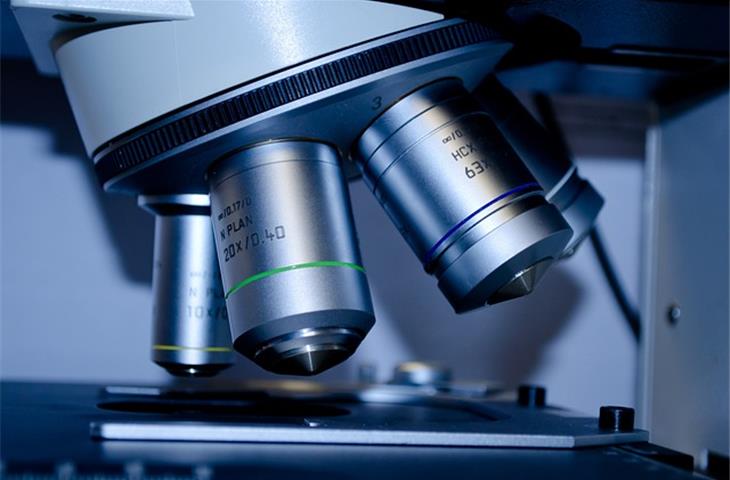Events
Essential Aspects of Bend Test Equipment
News 2025-01-08 69
A special equipment known as bending strength testing machine is used to assess bending or flexural resistance of materials, which is often vital to sectors such as automobile, aviation, and building industries.It is essential for these devices to guarantee materials' ability to bear bending forces without excessive damage or distortion.

This article will delve into four key aspects to provide a detailed knowledge of bending strength testing machine: the importance of calibration, the Categories of bend testing, the choice of testing equipment, and the evaluation of outcomes.ensuring correctness: CalibrationThe process of calibrating bending strength testing machine is vital to ensure that the device is providing accurate measurements, as accurate measurements are crucial when assessing the properties of materials.

It helps maintain the reliability of the test information and guarantees that the equipment functions within its set specifications, as frequent adjustment is crucial.Comparing the device's measurements against reference benchmarks and rectifying any deviations is what calibration involves.Categories of bend testing: Understanding Various Types

Variations of Material responses are evaluated by multiple kinds of flexural tests, each one created for this objective.The particular material and the intended application determine the test selection.For example, the three-point flexural test is commonly used to evaluate the strength under tension of materials, while the four-point flexural test is more appropriate for assessing the bending modulus.
Choosing the Testing Machines: Considerations to Take into Accountensuring precise and dependable outcomes requires choosing the appropriate bending test machine.Considerations to Take into Account While selecting a testing machine are the loading capacity, the required bend fixture type, and the exactness of the gauge length measurement.Furthermore, the device must be compatible with the materials to be tested and should possess the required safety measures to safeguard the operator.
Result Analysis: Testing Data AnalysisIt is essential to interpret the results after the bend test is finished.Typically, the outcomes consist of the bending angle, the highest load, and the point of failure of the material.These data are used for determining different material characteristics, including the modulus of bending and the tensile strength property property property property property property property property property property property property property property property property property property property property property property property property property property property.
By the correct interpretation of the results, engineers can make educated choices concerning material choice and design considerations considerations.In the subsequent sections, we will explore each of these areas in greater detail, giving insights on the significance of calibration, the various kinds of bend testing, choosing testing equipment, and the Result Analysis.
Related articles
- Enhancing Socket and Plug Testing Equipment Capabilities
- The Essence of Tracking Test Apparatus
- Appliance Performance Test Lab: A Hub for Efficiency Evaluation
- The Necessities of Flammability Testing Equipment
- The Essential Guide to Accelerated Mechanical Shock Testers
- When IPX5 Waterproof Standard Meets Everyday Needs
- Impact Test Steel Ball: A Comprehensive Insight
- How a Caliper with Dial Enhances Precision and Efficiency
